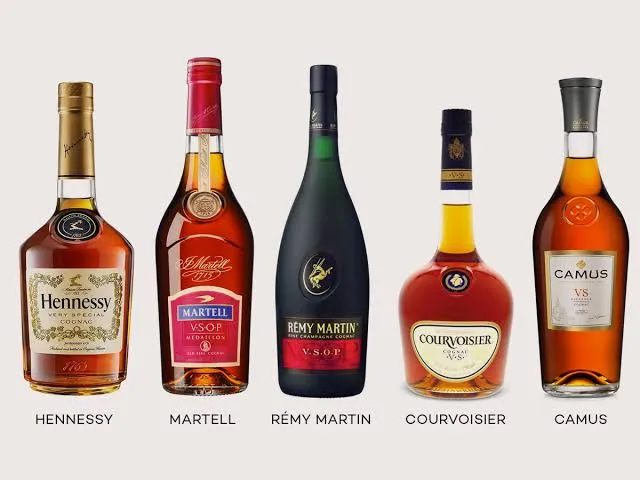
This July, France’s cognac producers received a sliver of good news
That China, after months of investigating European brandy producers for alleged “dumping” (selling at unfairly low prices), agreed not to impose a punishing 35% tariff on the majority of them. Giants like LVMH, Pernod Ricard, and Rémy Cointreau, who dominate the global cognac scene were spared thanks to a deal to maintain minimum prices.
But let’s not pop the champagne yet or the cognac. The exemption is a sigh of relief, not a celebration. Because while China’s tariffs may have been a looming threat, they were just one shadow among many cast over an industry under pressure.
Cognac isn’t just any French product. It’s a symbol of refinement, of tradition, of rural savoir-faire passed through generations. “Cognac is very symbolic,” says Guilhem Grosperrin, who runs a boutique cognac house selling rare and high-end bottles. Symbolism aside, it’s also a moneymaker France’s cognac producers generate an impressive €3 billion (around $3.5 billion) in annual sales.
But here’s the twist, a staggering 97% of that cognac is consumed outside France. That kind of export dependency makes the industry uniquely vulnerable to global economic tremors, shifting tastes, and geopolitical spats. When international markets sneeze, Cognac catches a cold.
And right now, the sniffles are turning into a fever.
Trouble Across the Atlantic
But while China’s tariffs were averted for now, the U.S. the largest market for cognac presents a more persistent headache. American consumers, especially younger ones, are slowly turning away from premium spirits. Cognac sales in the U.S. have been softening for months, part of a broader slowdown in luxury alcohol.
Then there’s the American political mood. Trade relations with Europe are uncertain, and with populism rising, tariffs and trade skirmishes can re-emerge at any time. Cognac already bore the brunt of a 25% U.S. tariff during a previous EU-U.S. trade dispute over aircraft subsidies a painful reminder of how political winds can rattle the cellars of rural France.
Beyond politics, the industry is grappling with more human concerns changing drinking habits. The rise of health-conscious consumers, sober-curious movements, and a growing preference for local or craft spirits is shifting demand away from storied imports like cognac.
Even when people do indulge, flashy cocktails and exotic gins often steal the spotlight. Cognac, with its traditional image and relatively high price point, risks being seen as your grandfather’s drink.
But Still, the industry is not without resilience. The Bureau National Interprofessionnel du Cognac (BNIC), the industry’s powerful trade body, supports some 4,360 winegrowers and distillers—many of them small, family-run operations. These producers are rooted in a deep history of craftsmanship and a terroir that cannot be replicated elsewhere.
Innovation is also bubbling. Some brands are experimenting with younger, mixable cognacs to appeal to bartenders and new consumers. Others are leaning into luxury, crafting rare vintages that fetch thousands per bottle. Cognac, after all, is nothing if not versatile.
For now, the big players have avoided the worst of the Chinese tariffs. But the clouds haven’t cleared. The industry faces a sobering blend of trade tension, shifting tastes, and economic uncertainty. Even with minimum prices agreed upon, the long-term risk of becoming collateral damage in global power games remains.